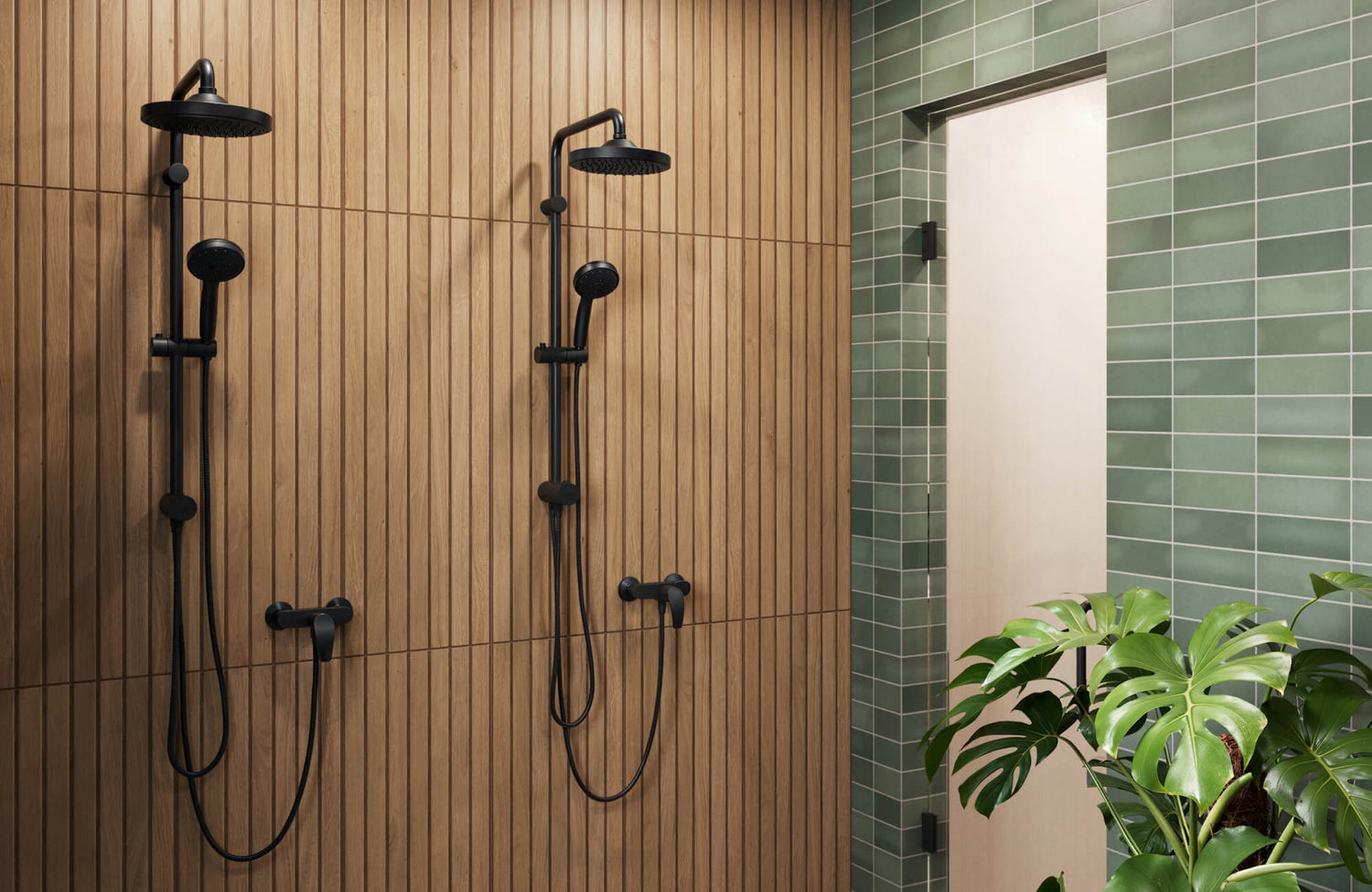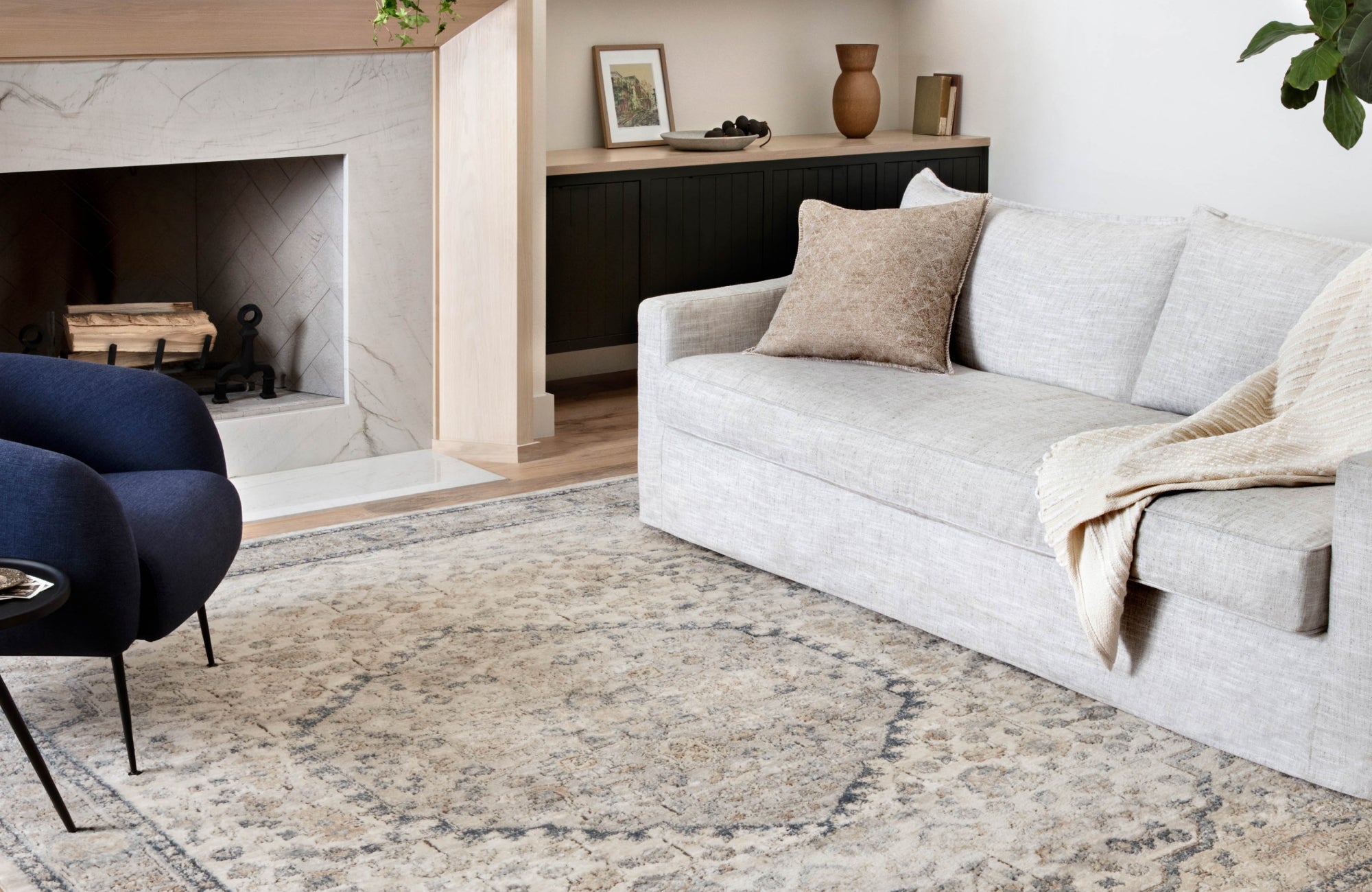The question of whether ceramic tiles are suitable for shower environments is common during bathroom renovations or new construction. Given their popularity in many parts of the home, it's natural to wonder if they hold up in constant water and humidity. The answer is yes—ceramic tiles can be an excellent choice for showers when you understand their strengths and follow proper installation practices. This article explores the key properties that make ceramic a smart option and the essential steps to create a reliable, long-lasting shower installation.
Benefits of Ceramic Tiles
Ceramic tiles have earned their reputation as a top choice for shower walls thanks to a blend of practical performance and aesthetic versatility.
Water Resistance
Ceramic tiles are incredibly resistant to moisture. Through a high-temperature vitrification process, the tile becomes dense and glass-like, absorbing less than 0.5% water. A glazed surface adds another protective layer, repelling water and resisting heat and scratches, often outperforming natural stones that absorb moisture or degrade over time.
Durability and Wall Suitability
Designed to endure the heat, steam, and daily use of a shower, ceramic tiles maintain their integrity without warping or fading. Though they can chip under heavy impact, they are ideal for wall applications or moderate-use floors. The smooth glaze also resists soap scum and mineral buildup, making cleaning as simple as a routine wipe-down.
A Spectrum of Style
Ceramic tiles shine in their design versatility. With choices ranging from bold mosaics to classic subway formats, they also mimic luxurious materials like marble, wood, and concrete, without the added cost or maintenance. This adaptability allows you to shape any bathroom aesthetic, whether modern, rustic, or timeless. For a contemporary twist with artisanal appeal, the Maisie 2.5x16 Glossy Ceramic Tile in Ocean from Edward Martin, shown in the photo above, offers a sleek elongated silhouette and rich blue hue that can evoke coastal serenity or create a bold design statement, all while delivering the durability ceramic is known for. To help visualize how these tiles will look in your space before making a final choice, our augmented reality (AR) tool makes it easy to preview patterns and finishes right on your walls, bringing your design vision to life with clarity and confidence.
What Makes a Ceramic Shower System Work
A successful ceramic tile shower relies on more than just the tiles—it's a fully integrated system designed to keep water safely contained. This system includes three essential components: waterproofing, grout and sealant, and a proper substrate foundation. Each plays a crucial role in ensuring durability, moisture control, and long-term performance.
Waterproofing Wet Areas
A waterproofing membrane is the shower’s unseen defender. It sits directly beneath the tiles and acts as the primary barrier against moisture penetration. Two common types are:
- Liquid-applied membrane - painted or rolled onto surfaces, ideal for covering curves and tricky corners with a continuous, seamless layer.
- Sheet membrane - adhered with thin-set mortar in large panels, offering consistent thickness and reliable protection.
Whether liquid or sheet, precise installation is critical. Membranes must overlap adequately at seams and corners; any gap or tear creates a path for water to infiltrate, which can lead to mold, rot, and structural damage.
Grout and Sealant
With the tile and membrane in place, tiles are tied together using grout and sealant to maintain moisture resistance. Sanded grout works well in wider joints (typically 1/8 inch or more), while unsanded grout suits narrow lines and delicate tiles. However, both need sealing to prevent water absorption and mildew growth. After sealing, flexible silicone is applied to interior corners and around fixture penetrations, which are areas prone to movement and require added flexibility to preserve the waterproof seal. Together, properly sealed grout and silicone ensure moisture doesn’t slip through joints and corners where the system is most vulnerable.
Proper Substrate Foundation
Beneath the membrane lies the substrate: the foundation that supports both tiles and waterproofing. Cement board and fiber cement board are preferred choices—they resist moisture, don’t swell or warp, and provide rigid support. Substrate installation must be flush and securely fastened to framing, preventing flex that could crack tiles or grout. Ceramic tiles perform excellently on vertical surfaces; when used on floors, the substrate should be designed to absorb impact, reducing the risk of chipping. Using drywall, green board, or uneven backing can compromise the entire system.
Installation Best Practices
Achieving a long-lasting ceramic shower depends on careful installation, from correct slope to edge finishing.
Drainage Slope
One of the most vital yet frequently overlooked elements of shower installation is ensuring proper drainage. A well-constructed slope directs water efficiently toward the drain, preventing pooling that can lead to mildew, tile damage, or leaks. The recommended slope is 1/4 inch per linear foot, gently guiding water from the edges of the shower floor to the drain.
Achieving this slope begins during shower pan preparation. Traditional mortar beds require a pre-sloped base beneath the waterproofing layer, followed by a secondary sloped mortar bed. Many modern systems now include pre-sloped foam trays or customizable slope kits that streamline this step and ensure accuracy. Without proper drainage, water lingers on the surface, placing continuous strain on grout lines, softening them over time, and increasing the likelihood of long-term structural damage.
Choosing the Right Mortar
Once drainage is established, securing the tiles firmly to the substrate becomes the next critical step, hinging on the choice and application of thin-set mortar. Showers demand mortars designed to handle high-moisture conditions. Polymer-modified thin-set mortars are often preferred for their superior adhesion and flexibility, particularly in areas prone to movement or moisture.
In some cases, unmodified mortars may be used in combination with specific waterproofing membranes that include their own additives. Whichever type is selected, proper application is essential. Using the correct trowel size for your tile ensures adequate mortar coverage—ideally, 80% coverage for wall tiles and 95% for floor tiles in wet areas. Incomplete coverage can lead to voids beneath the tile, which trap moisture, weaken adhesion, and increase the risk of tile cracking or detachment.
Finishing for Function and Polish
The final touches of a ceramic tile shower often distinguish a standard job from a truly professional installation. Attention to edges, transitions, and seals is crucial, not just for appearance, but to preserve waterproofing integrity.
For exposed edges, bullnose tiles or metal trim profiles (like Schluter systems) offer a clean, finished look while helping protect against chips and wear. A stylish example is the Mikayla 2.5x5 Bullnose Glossy Ceramic Tile in Eggshell, as seen in the photo above, which blends seamlessly with classic or contemporary palettes while delivering a refined edge that enhances the overall design. These trims come in various colors and finishes to match surrounding hardware and tile schemes.
When tiling around niches and inside corners, flexible sealants should be used instead of grout to accommodate structural movement and prevent cracking. Built-in shelving, or niches, also require precise cuts and careful waterproofing to avoid water pooling in corners. Around plumbing penetrations, like showerheads and faucets, mold-resistant silicone sealant should be applied carefully to maintain a water-tight barrier. Proper sealing ensures water doesn’t bypass your protective layers, preventing hidden damage.

Living with Your Ceramic Shower
Proper care and early detection of issues will help your ceramic shower stay fresh, functional, and beautiful for years to come. With just a little routine attention, you can preserve its performance and extend its lifespan.
Cleaning and Maintenance Regimes
Keeping your ceramic shower clean and hygienic doesn't demand aggressive chemicals or extensive scrubbing. A consistent and gentle cleaning routine is the key. Use pH-neutral cleaners to protect grout and tile surfaces, as harsh acids, bleach, or alkaline products can erode grout lines and dull the glazed finish. For everyday upkeep, a mix of warm water and mild dish soap works well to remove surface residue.
Prevention goes a long way in reducing grime buildup. After each shower, a quick wipe-down using a microfiber cloth or squeegee helps minimize moisture that could lead to mildew or soap scum. For regular weekly maintenance, use a soft-bristled brush or sponge with your pH-neutral cleaner to clean both tiles and grout. Periodic deep cleaning, perhaps once a month, should involve a grout-specific cleaner that lifts stubborn stains without damaging the tile finish. Be sure to rinse thoroughly after any cleaning session to remove product residue and prevent buildup over time.
Identifying Early Warning Signs
Even the most carefully maintained shower can encounter issues over time, so it’s important to monitor for signs of potential trouble. One of the earliest indicators of water intrusion is grout deterioration. If grout becomes discolored, crumbles easily, or remains damp and slimy despite drying efforts, it may be allowing water to seep through.
Keep an eye out for signs beyond the shower as well. Peeling paint, bubbling wallpaper, or stains on a ceiling beneath an upstairs bathroom are all red flags that water may be escaping the shower area. Cracks in tiles, especially widespread or spanning multiple areas, can signal movement in the substrate or a failure in the installation layer. Similarly, cracked or missing grout may point to structural flexing or natural aging. A persistent musty smell is often a sign of trapped moisture behind the tile surface.
Addressing these problems early is key to avoiding extensive damage. If you notice any of the above, consult a qualified tile professional to assess the shower’s condition and recommend repairs before small issues turn into expensive restorations.
Preserving Longevity and Resale Value
With proper care, a ceramic tile shower can last for decades, making it one of the most durable and cost-effective bathroom investments. Its resistance to moisture and staining makes it ideal for everyday use, especially on vertical surfaces. However, it’s worth remembering that ceramic tiles used on shower floors may be more prone to chipping in busy areas. For best long-term results, ceramic tiles are recommended primarily for walls or lightly used shower floors.
In addition to extending lifespan, a well-maintained ceramic shower also adds appeal when it comes time to sell your home. The timeless appearance of ceramic tiles and their versatility across design styles make them attractive to a wide range of buyers. To further support your home’s resale value, keep documentation of the installation, including the types of tiles, grout, sealants, and waterproofing systems used. This information provides reassurance to future homeowners and simplifies future maintenance or upgrades.
A well-executed ceramic shower reflects more than aesthetic taste—it demonstrates a commitment to quality craftsmanship and care. With proper upkeep and early intervention when needed, your shower can remain a clean, efficient, and valuable part of your home for years to come.
The Enduring Appeal of Ceramic Showers
Ceramic tiles remain a timeless and reliable choice for showers thanks to their excellent moisture resistance, durability, and wide-ranging design options. They are especially well-suited for wall applications and lightly used flooring when supported by proper waterproofing, sturdy substrates, and expert installation. With consistent maintenance and early attention to potential issues, a ceramic tile shower not only maintains its beauty but also adds long-term value and comfort to your home. For homeowners navigating design decisions, from layout to material pairing, consulting with experienced tile design experts can help bring clarity and creativity to the process, ensuring each choice enhances both function and style.










